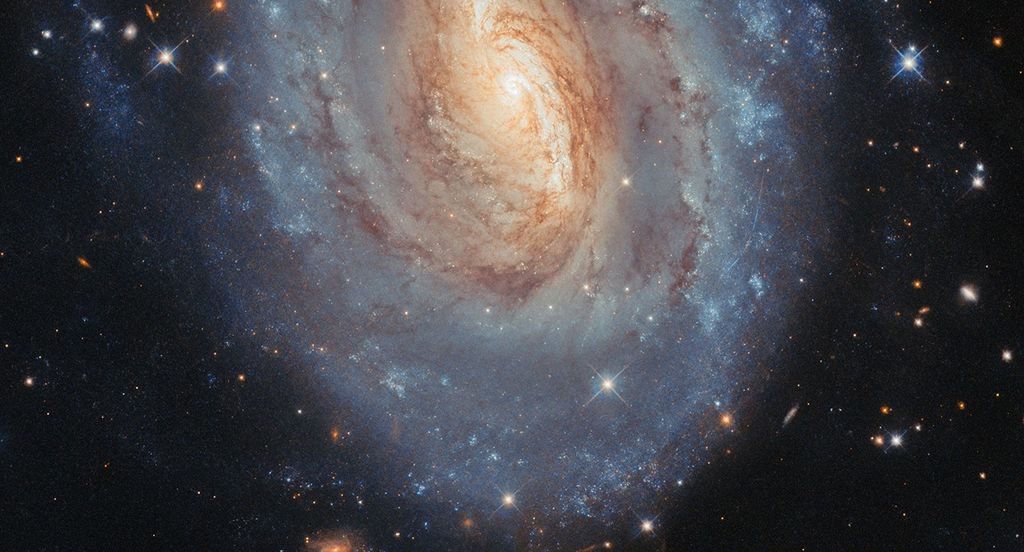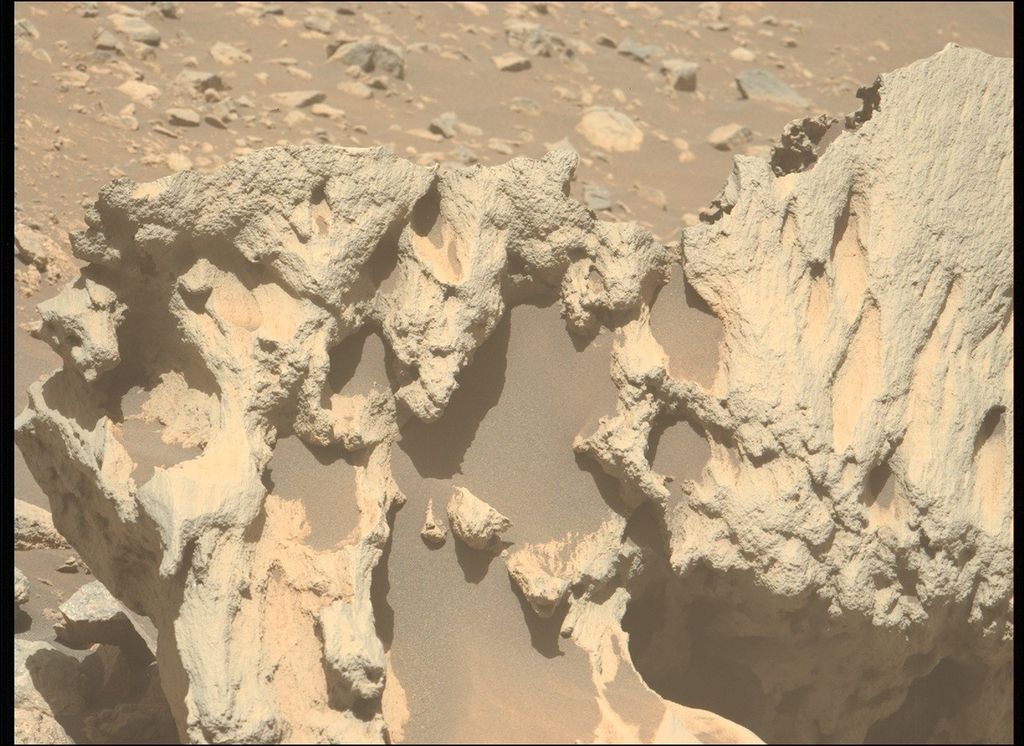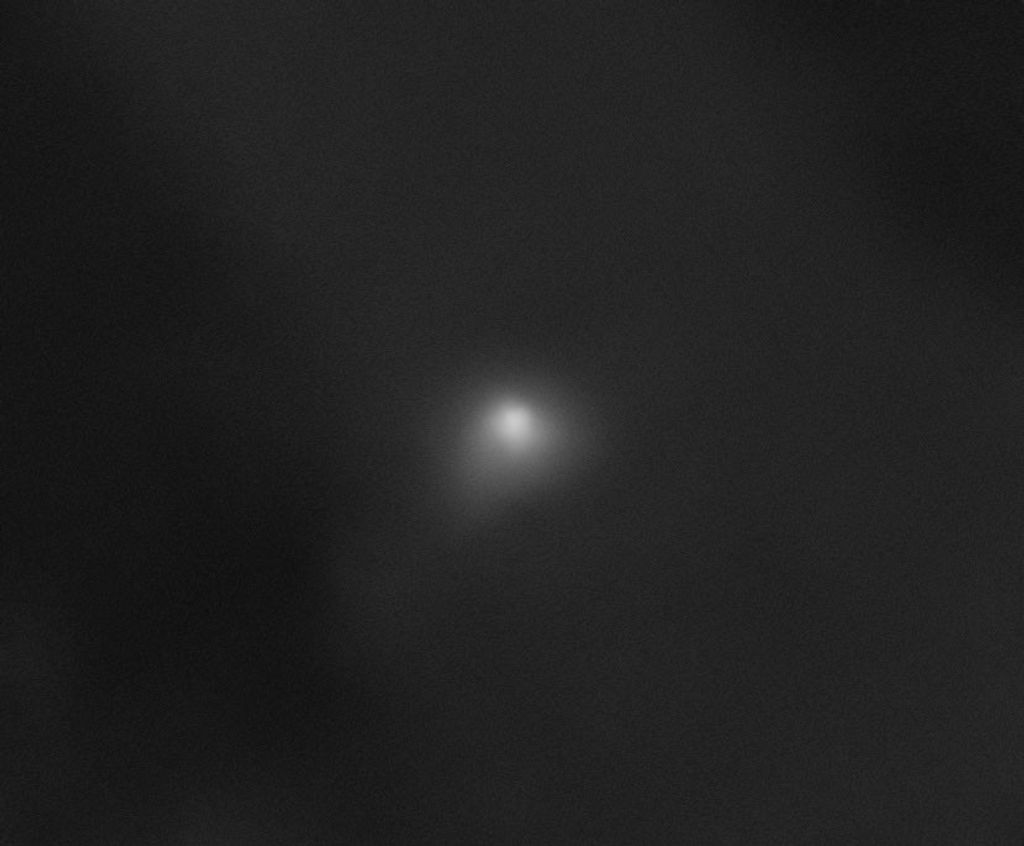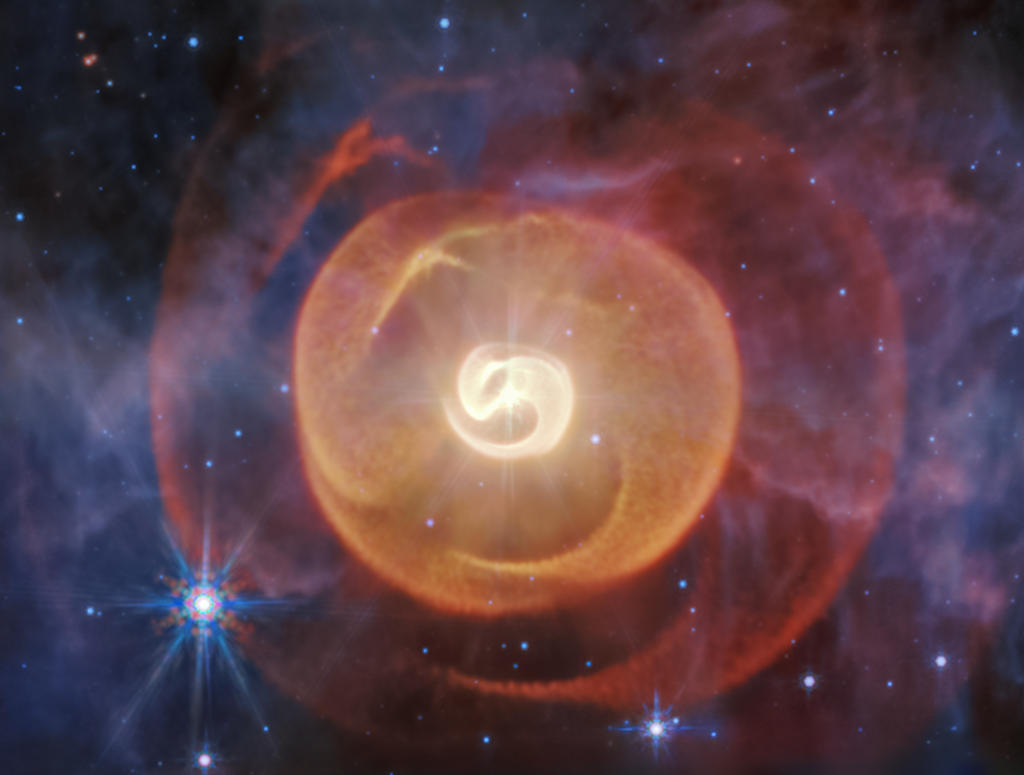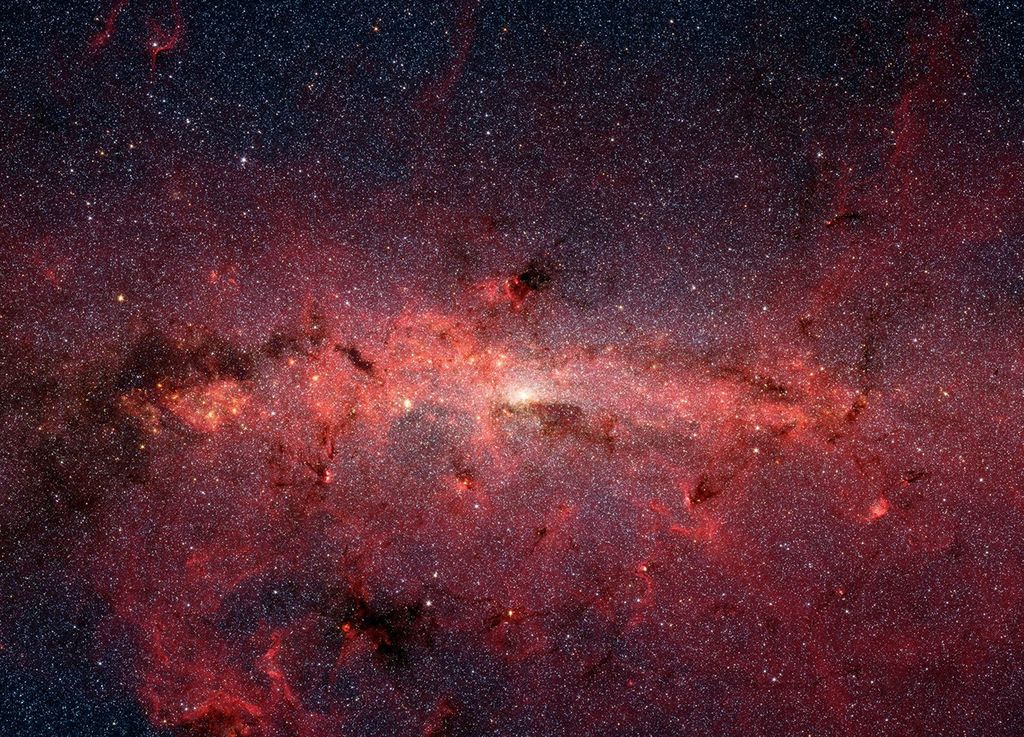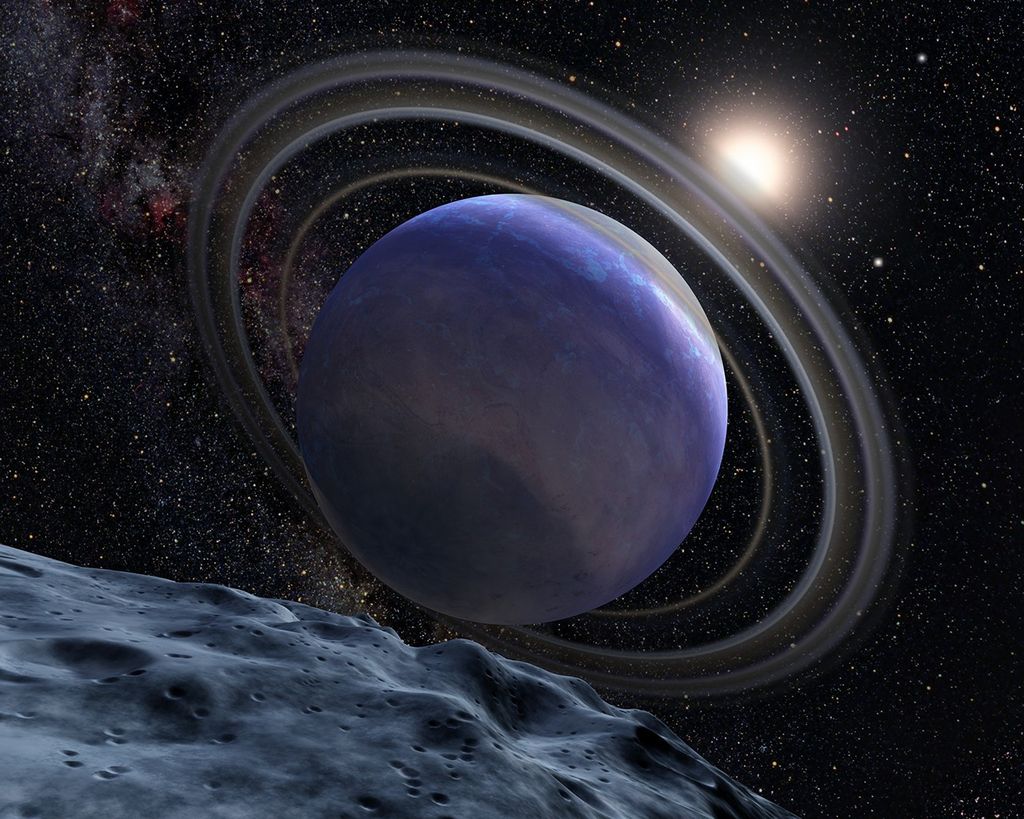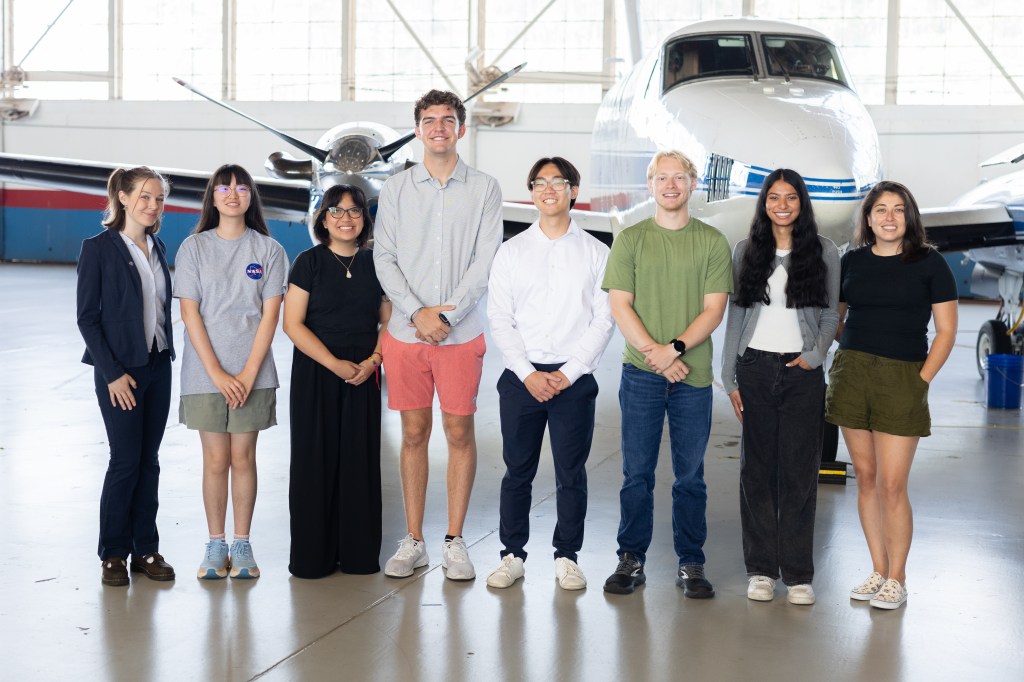Cosmic Pathfinders Program: Cosmic Chatter Series April 18, 2024
Cosmic Chatter Early-Career Talk Series Kicks off April 18th with Student Leader, Amethyst Barnes. See below for the talk description and connection information.
Time/Date: April 18th, 2024, 3:00pm - 4:30pm ET
Simulating Weak Gravitational Lensing in the Roman Space Telescope Using JWST Observed Galaxies
Speaker
Amethyst Barnes (NASA GSFC/SURA, Roman Space Telescope Post-Bac)
Abstract
Some of the most perplexing mysteries of our Universe are connected to the energy and matter we have been unable to physically observe. Making up about 95% of the Universe, dark energy and dark matter do not emit, absorb, nor reflect any portion of the electromagnetic spectrum, and their existence is only inferred through their effects on the visible matter. For example, gravitational lensing is a phenomenon that refers to the magnification and shearing induced on light from distant galaxies caused by the gravitational potential of foreground matter. The amount of lensing is directly related to the total amount of matter present, not just the matter that emits light. Weak gravitational lensing, when these distortions are not as noticeable, allows for the entirety of the “cosmic web”, or large-scale structure, to be probed during dark matter searches instead of just the areas we know are dense with matter (i.e. galaxy clusters). To properly measure weak lensing effects, accurate galaxy shape measurements that can be calibrated with simulations are required. The Nancy Grace Roman Space Telescope is the next upcoming NASA flagship mission. One of its main goals is elucidating the nature of dark matter and dark energy via ultra-wide field UV-NIR imaging surveys. Roman’s view is 100 times that of the Hubble Space Telescope, and we will be primed to measure large-scale structure in the context of weak lensing studies. In this poster, I will present our efforts to simulate JWST observed galaxies through the eyes of Roman. I will detail how we remove the PSF from a JWST NIRCam imaged galaxy and add Roman filters and detector effects. We report the comparison between JWST and simulated Roman imaging and place our results in the context of future weak lensing searches with Roman.
Meeting Connection
Cosmic Chatter | MS Teams Meeting Link
Meeting ID: 248 391 204 623
Passcode: Us7rjf
Cosmic Chatter is the Cosmic Pathfinders Program seminar series of regularly scheduled, virtual/online colloquia aimed at an early-career science audience. These events will feature prepared remarks from an invited speaker as well as time for discussion and programmatic announcements. Presentation topics will consist of a combination of astrophysics research, as well as professional development topics relevant to this early-career audience.
Sign up to the Cosmic Pathfinders Program News and Announcements Email List
News Straight to Your Inbox
Subscribe to your community email news list
We will never share your email address.


